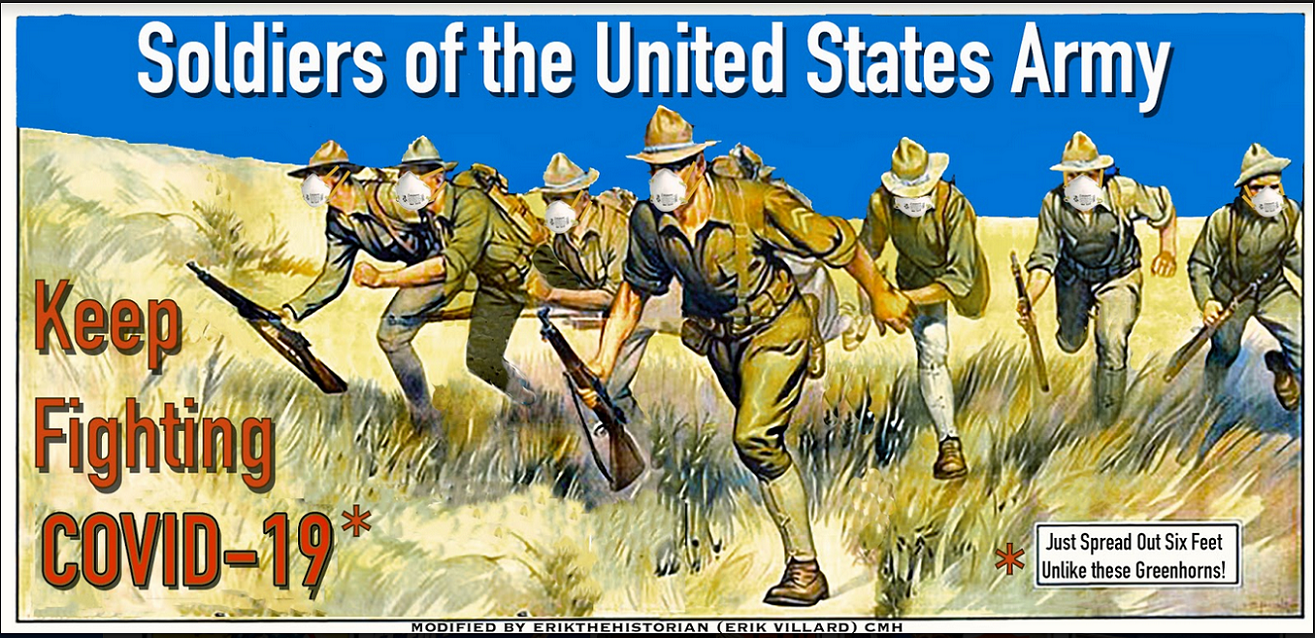Army Historian Repurposes Propaganda Posters in Battle Against COVID-19
WASHINGTON, D.C. — When President Trump issued the call for America to get on a war footing akin to the efforts which were employed during World War II, municipalities, medical and research centers, corporations, small businesses and communities quickly threw into the battle against COVID-19. But one glaring absence from the mix was in the field of patriotic media – an absence personified, back in the day, by celluloid heroes as diverse as John Wayne and Bugs Bunny; and in print by artists whose pens bled purposeful propaganda by the barrel full.
Of course, Hollywood stopped churning out those flag-waving films decades ago. And today’s talented artists are finding print media, at best, a difficult sell.
Erik Villard recognized this void several weeks ago – not as an actor, illustrator, or writer – but as an Army historian, who saw the potential in re-imagining the artful herald calls from yesteryear, as a way to get the COVID-19 message out.
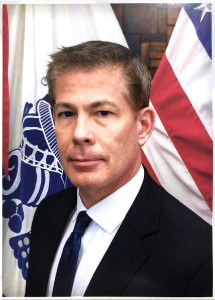
Villard is the Digital Military Historian for the U.S. Army Center of Military History (CMH), as well as a Vietnam War specialist. He received his Ph.D. from the University of Washington in 1999 and joined CMH in 2000.
His last book, “Staying The Course: October 1967 to September 1968,” covers the high point of the Vietnam War.
“I started doing these posters a couple weeks ago, as a way to help spread awareness of COVID-19. My job description covers a lot of different areas, so it might just be easier to say that I’m the Swiss Army knife of historians.
“Our office is located under TRADOC – the U.S. Army Training and Doctrine Command. Among other things, TRADOC is responsible for initial military training. I thought it might be nice to have some things that we could send out to the force that would both enhance / promote awareness about Covid safety but also stimulate an interest in the historical background of those posters. The big thing we seem to be doing now is, embarking on this really massive project to – as our executive director says – operationalize history. To make history useful and relevant to the Army, which is something I’ve never done before.
“It’s something I’ve been wanting to do for a while, so this is one way to do that.”
Was getting access to the old war-time posters for Villard’s project a problem?
“I already have a massive collection of these posters. I just looked through them and thought, ‘Okay, which ones could be modified, so that they keep something of the original spirit, but would be applicable to the Covid crisis?’
“Some work better than others. And as a result, I started selecting some of them.
“I also wanted a range of posters.
“Some of the posters are kind of the traditional attack / over the top variety, but then others, like the ‘Knowledge Wins’ poster are more information-based. And then I have one with a more whimsical air. I’m trying a bunch of things here. Certain images will resonate with some people, and others will prefer a different approach.”
Villard said that the use of recruitment and war-time posters pre-dates Pearl Harbor by at least 80 years. He believes the span between the early 1900s and the end of World War II marks the defining era the medium.
“During the Civil War, you had these line art illustrations that were put out for display. But the kind of poster art – as we imagine it – really just got going around the turn of the century. I’ve got some images that I’m going to be putting out from around the Spanish American War, but most of the ones I’ve done so far are from World War I or World War II.
“I think the 1905-1945 period was the ‘golden age’ of Army posters. During that time, the War Department recruited some fantastically talented artists and graphic designers (often from established commercial firms) to produce them. That forty year period began with the Root Reforms and other legislation which laid the foundations for the modern Army. Recruiting took on a new importance during this time because the new Army needed a higher caliber of soldier, not just the dregs of society.
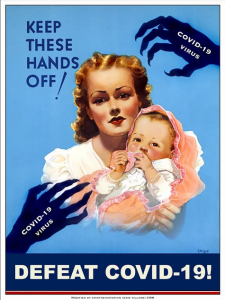
U.S. Army Center of Military History
“The golden age came to an end (though good work continued into the 50s and 60s) largely because TV soon took over as the dominant mode of communication. Indeed, the “golden age” of Army television programs (documentaries like the Big Picture) lasted from around 1945 to the early 1970s when the advent of the All-Volunteer Force, the end of the Vietnam War, and changing tastes in entertainment convinced the Army to get out of the business of TV programs.”
Perhaps not surprisingly, Villard also notes that a number of war-time posters were created with propaganda in mind.
“I don’t mean to use the term propaganda posters in a pejorative sense. Obviously, we were in an all-out war, but some were clearly propaganda posters.
“Now it’s interesting – as sort of a side note – I happen to think that the golden era of commercial advertising art really got going after World War II and continued into the 1970s. When you look at ads from that era, it’s easy to think about official propaganda posters.
“But there are other posters which act as mini-history lessons.
“I think it’s fair to say that most people today have no firsthand knowledge of the home-front during World War II. And certainly, no one is alive today who remembers World War I. But rationing was extensive – particularly during World War I. You’ll find posters reminding people about ‘Meatless Monday’ and so forth. Even the cartoons had comical references to these things. So, in looking at these old posters, we’re starting with a reference setting that goes right over the head. I think, in our current situation, it would be useful to take this crisis as a teaching moment.”
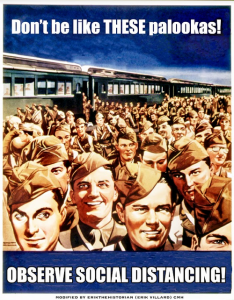
U.S. Army Center of Military History
What has been the official response to Villard’s efforts?
“Public Affairs really loves them, and they’re going to be showing them throughout the (training) course.”
Is it possible the posters will be printed at some point and be made available to the public?
“Why not for everybody? I mean, they are public domain images, and all the stuff I do is for free. I don’t claim any copyright on it. So I think making these posters available to the public would be lovely.
“It’s pretty much in keeping with the spirit of CMH, because over the last four or so years, under a new executive director, we have just taken off; and we are doing some awesome things.
“In the end, it’s all about getting our message out.
“It’s interesting, too, because I have an active social media presence. Through that, a public affairs officer for the NATO force Lithuania wrote me to say, ‘That’s an awesome poster. Could I use it for the troops that are out in Lithuania right now?’ I said, ‘Absolutely, by all means. Take a few pictures of the troops and send them to me.’
“This is the kind of skill set that I have, right? If I can do something to help spread awareness – to help maintain a healthy, operational force – I’d like to know.”
(More COVID-19 poster art modified by Dr. Erik Villard of the U.S. Army Center of Military History may be found below and at CMH, LinkedIn, Facebook Groups here and here, and on Youtube.)
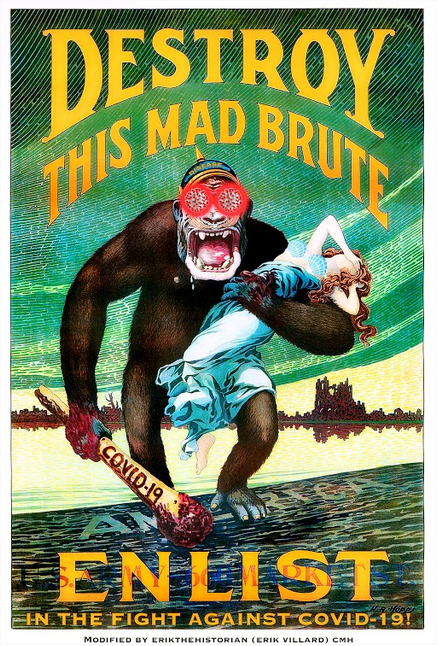
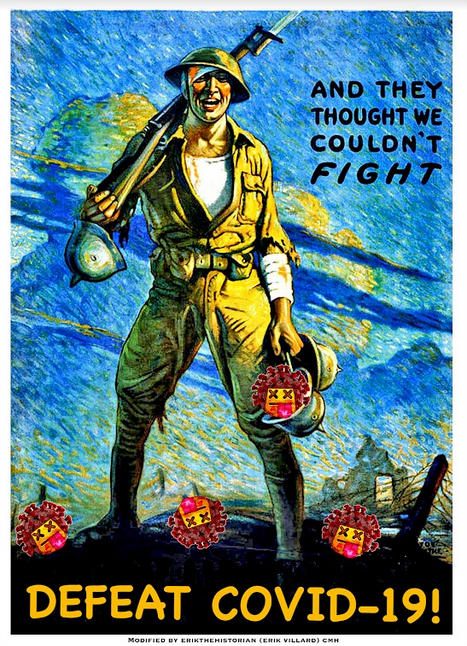
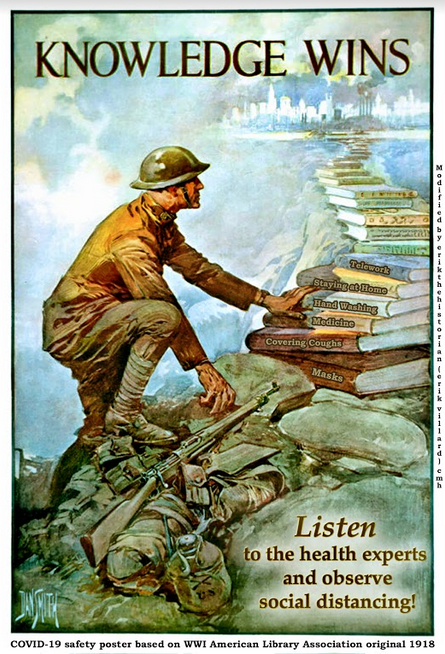

Anthony C. Hayes is an actor, author, raconteur, rapscallion and bon vivant. A one-time newsboy for the Evening Sun and professional presence at the Washington Herald, Tony’s poetry, photography, humor, and prose have also been featured in Smile, Hon, You’re in Baltimore!, Destination Maryland, Magic Octopus Magazine, Los Angeles Post-Examiner, Voice of Baltimore, SmartCEO, Alvarez Fiction, and Tales of Blood and Roses. If you notice that his work has been purloined, please let him know. As the Good Book says, “Thou shalt not steal.”

